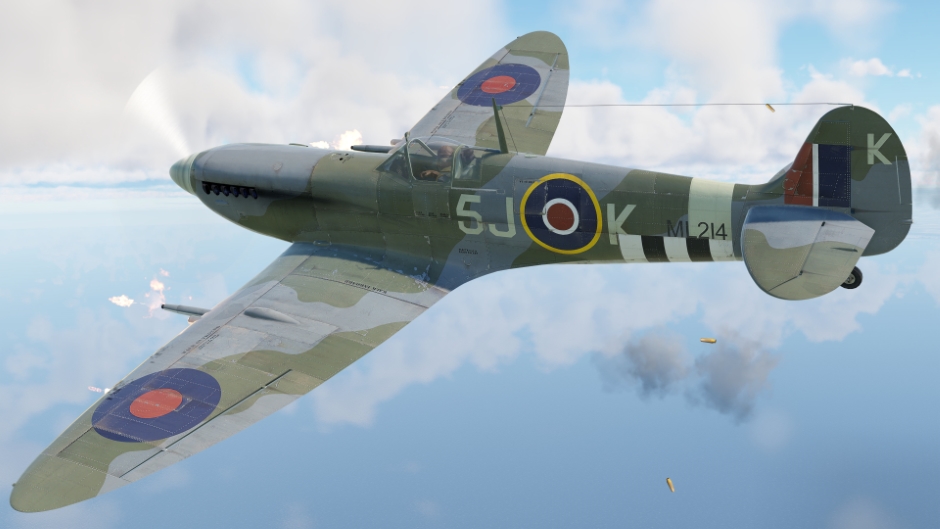
In January 1947, specifications N.40/46 and F.44/46 were issued by the British Air Ministry for similar night fighters to equip the Fleet Air Arm (FAA) and Royal Air Force (RAF). The DH 110 had the distinction of being the first British two-seat combat plane to achieve supersonic speed. The DH 110 was to be powered by a pair of Rolls-Royce Avon turbojet engines, each capable of generating 7,500 lbf (33 kN) of thrust, which would allow the aircraft to become supersonic in a shallow dive. It had an all-metal structure, 45-degree swept wings, and an armament of four 30 mm ADEN cannons. The design of the DH 110 used the twin-boom-tail design layout of the de Havilland Vampire and de Havilland Venom. The proposed aircraft, which was designated as the DH.110 by de Havilland, was a twin-engined all-weather fighter. ĭe Havilland decided to pursue development of a design to meet the requirements of the British Royal Navy.

Highly effective wing flaps would be needed for landing and taking off. The fighter would also have a moderate wing loading for manoeuvrability at altitude and acceptable takeoff and landing performance from aircraft carriers. From these talks, it became clear that the aircraft would need a crew of two to handle its radar and navigation equipment, as well as to fly the fighter, and that two engines were required for a safety factor over the ocean, and that swept wings were desirable. In 1946, the de Havilland Aircraft Company conducted discussions with the British Admiralty on its requirements for a future jet-powered all-weather, radar-equipped fighter. There have been no flying Sea Vixens since 2017. In 1972, the Sea Vixen was phased out in favour of the American-made McDonnell Douglas Phantom FG.1 interceptor. Operating from British aircraft carriers, it was used in combat over Tanganyika and over Yemen during the Aden Emergency. The Sea Vixen had the distinction of being the first British two-seat combat aircraft to achieve supersonic speed, albeit not in level flight.

It was later called the Hawker Siddeley Sea Vixen after de Havilland was absorbed by the Hawker Siddeley Corporation in 1960. The Sea Vixen was designed by the de Havilland Aircraft Company during the late 1940s at its Hatfield aircraft factory in Hertfordshire, developed from the company's earlier first generation jet fighters. The de Havilland DH.110 Sea Vixen is a British twin-engine, twin boom-tailed, two-seat, carrier-based fleet air-defence fighter flown by the Royal Navy's Fleet Air Arm from the 1950s to the early 1970s. 151 (including two DH110 prototypes and one Sea Vixen prototype)


 0 kommentar(er)
0 kommentar(er)
